Cats are fascinating creatures with sensory abilities that surpass those of humans in numerous ways. While much attention is often given to their sharp sight and acute hearing, their sense of touch is equally vital in navigating their environment. Understanding how cats use their tactile senses provides insights into their behavior and interactions with the world.
The Anatomy of Feline Touch
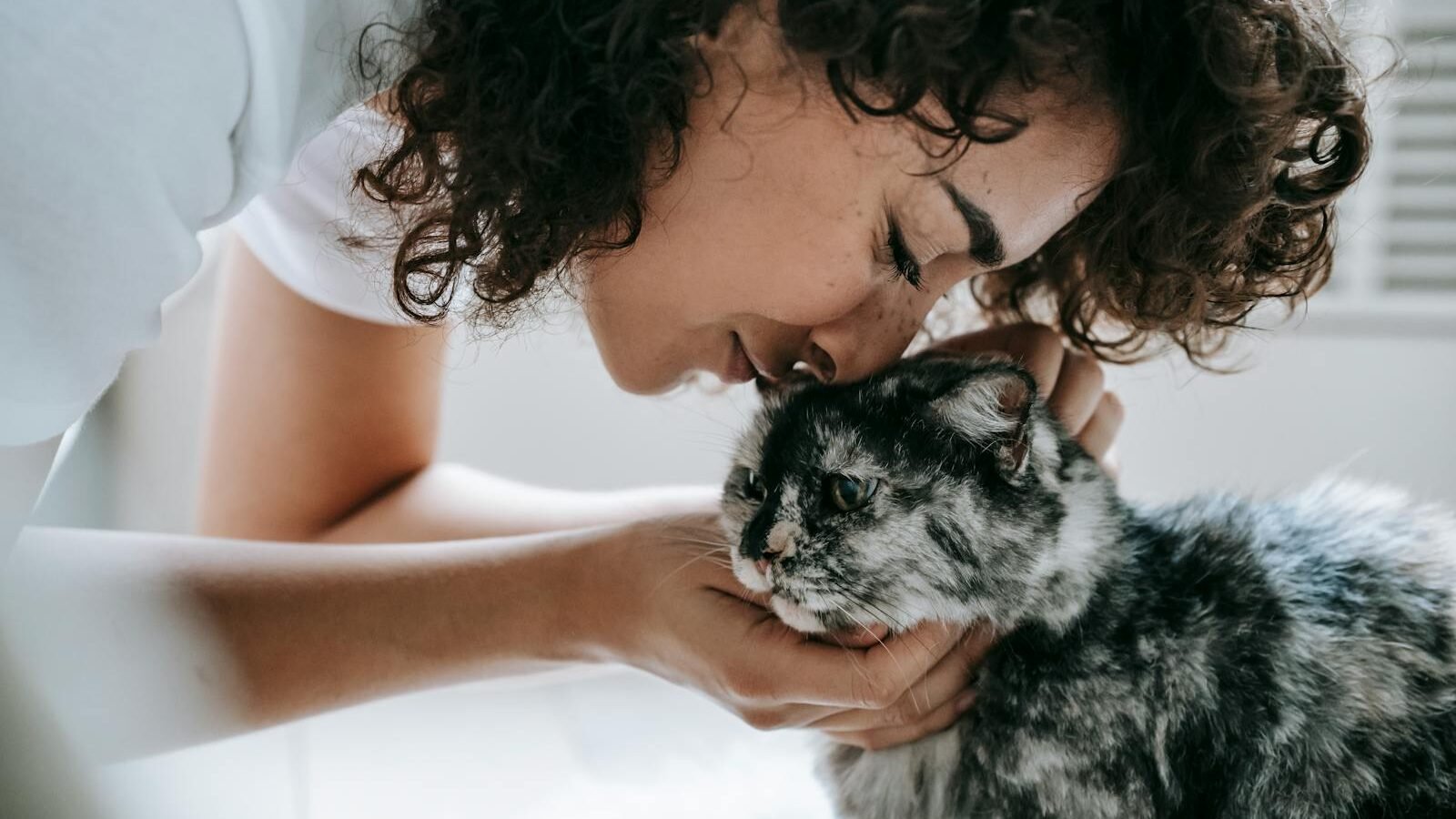
The tactile system in cats is complex, involving a network of nerves, whiskers, and paw pads. These components work together to give cats an acute sense of touch, enabling them to perceive their surroundings in detail and respond accordingly.
The Role of Whiskers (Vibrissae)
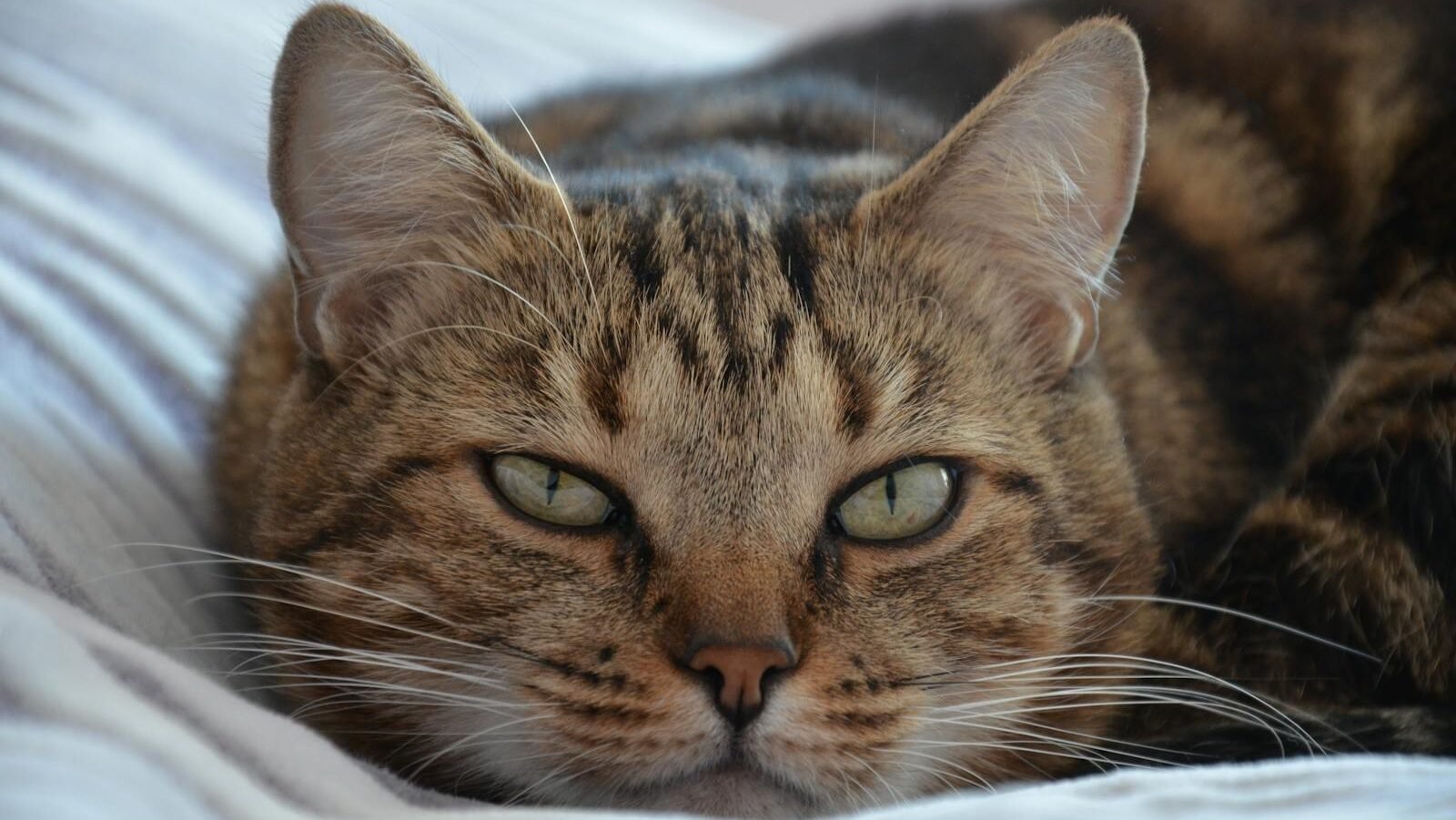
Photo by Nika Benedictova via Pexels
Whiskers are perhaps the most well-known tactile tool at a cat’s disposal. These specialized hairs, also known as vibrissae, are deeply embedded and connected to a rich supply of nerve endings. Whiskers are highly sensitive and help cats detect changes in their environment, such as shifts in air currents, which can indicate the presence of obstacles or prey.
How Whiskers Assist in Navigation
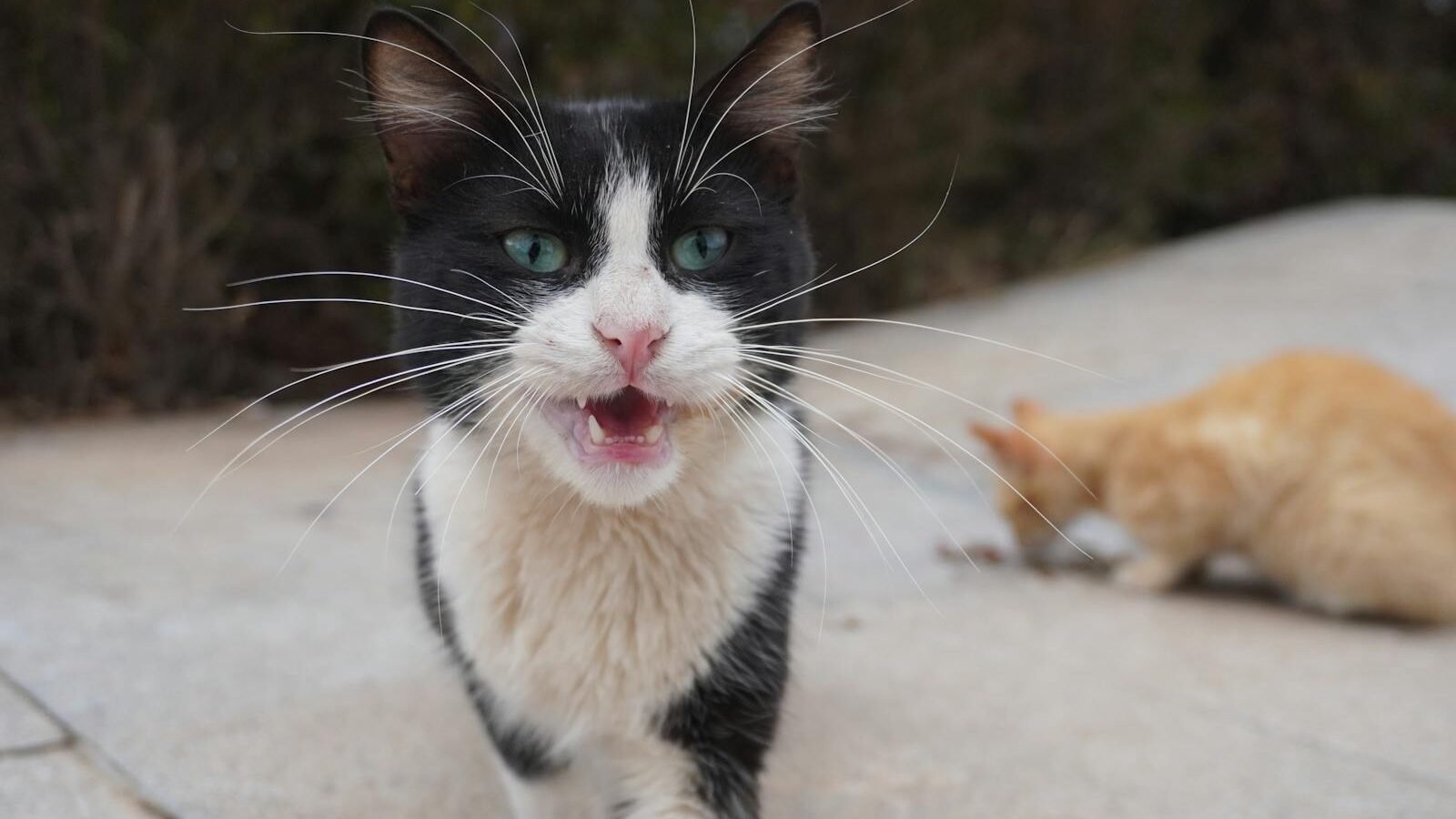
Cats use their whiskers to gauge the size of openings and pathways, ensuring they can safely pass through tight spaces without being hindered. The length and flexibility of whiskers essentially act as a built-in measuring tool, providing spatial awareness and preventing accidents.
Paw Pads: A Multipurpose Touch Tool
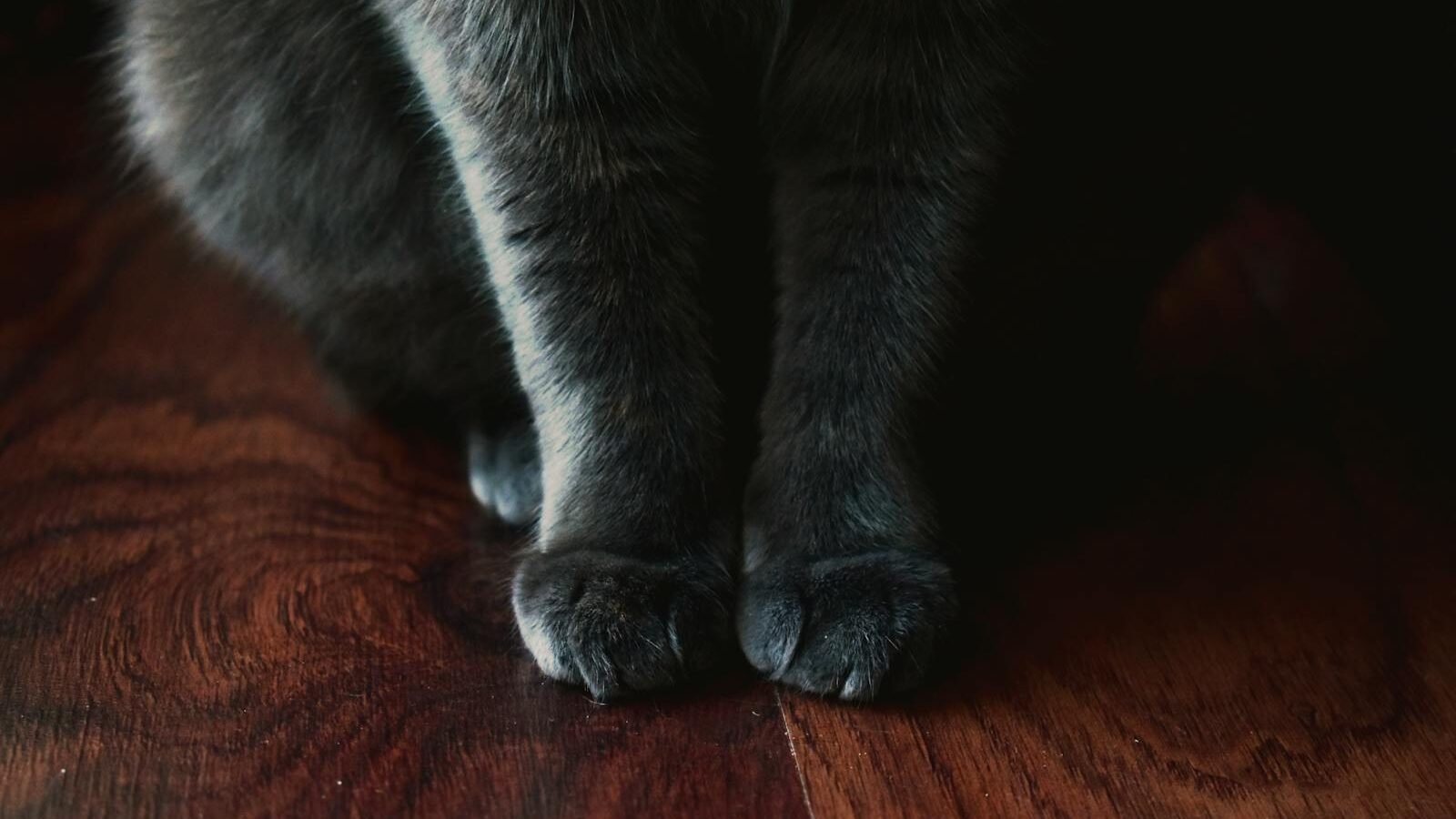
Photo by Diana ✨ via Pexels
The pads on a cat’s paws are equipped with an array of sensory receptors. These pads allow cats to feel textures, detect temperature changes, and sense vibrations through the ground. Combined with their retractable claws, paw pads are multifunctional in both movement and sensory perception.
The Role of Skin and Fur in Sensory Perception
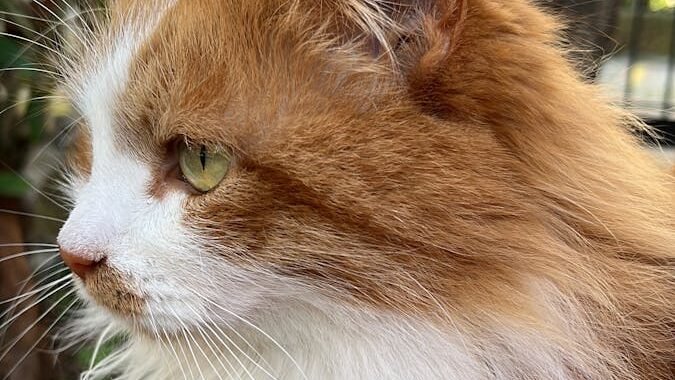
Beyond whiskers and paw pads, a cat’s skin and fur also play a role in touch sensitivity. The skin contains numerous nerve endings that detect pressure, temperature, and pain, enabling swift reactions to environmental stimuli. Fur, while primarily for protection and insulation, can also aid in the cat’s perception of immediate surroundings.
Sensitivity to Temperature Changes
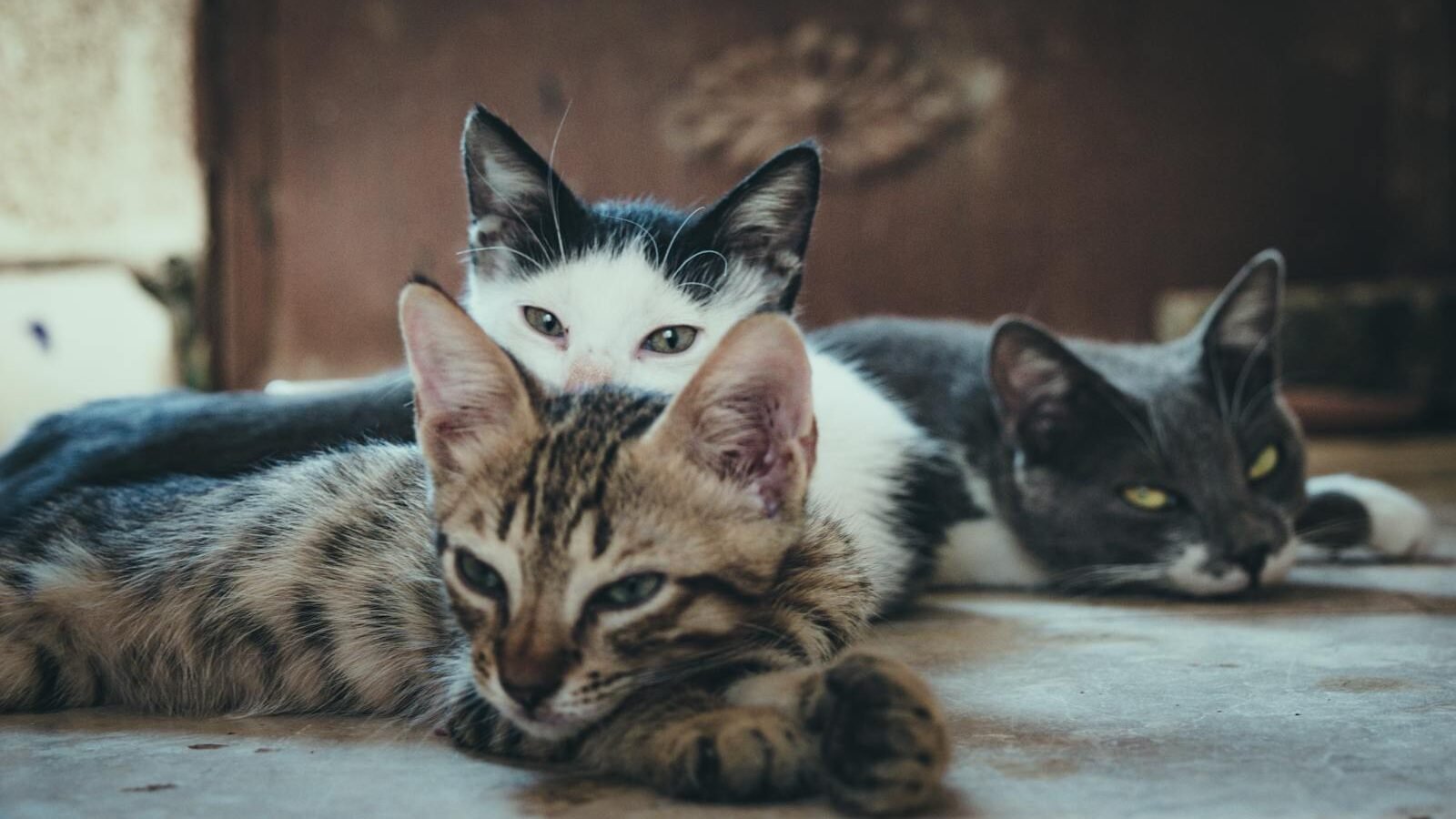
Photo by Mustafa ezz via Pexels
Cats have a remarkable ability to sense temperature variations through their skin and paw pads. This sensitivity is crucial for their comfort and survival, allowing them to seek out warm or cool surfaces depending on their need to regulate body temperature.
The Importance of Tactile Exploration in Kittens

Kittens rely heavily on their sense of touch to explore and learn about their environment. Through tactile exploration, they play, socialize, and develop crucial survival skills. This early exploration helps kittens refine their motor skills and better understand their physical surroundings.
How Touch Augments Other Senses in Cats

Photo by Nataliya Vaitkevich via Pexels
While touch is critical, cats often rely on it in conjunction with their other senses, such as sight, smell, and hearing. Together, these senses provide a comprehensive perception of the environment, allowing cats to act swiftly and accurately, whether they are hunting or merely exploring.
The Role of Touch in Social Interactions

Touch is not only essential for environmental interaction but also plays a significant role in the social behavior of cats. Grooming and nuzzling are both forms of tactile interaction that strengthen social bonds and convey comfort and affection among cats and between cats and humans.
Conclusion: Embracing the Feline World of Touch
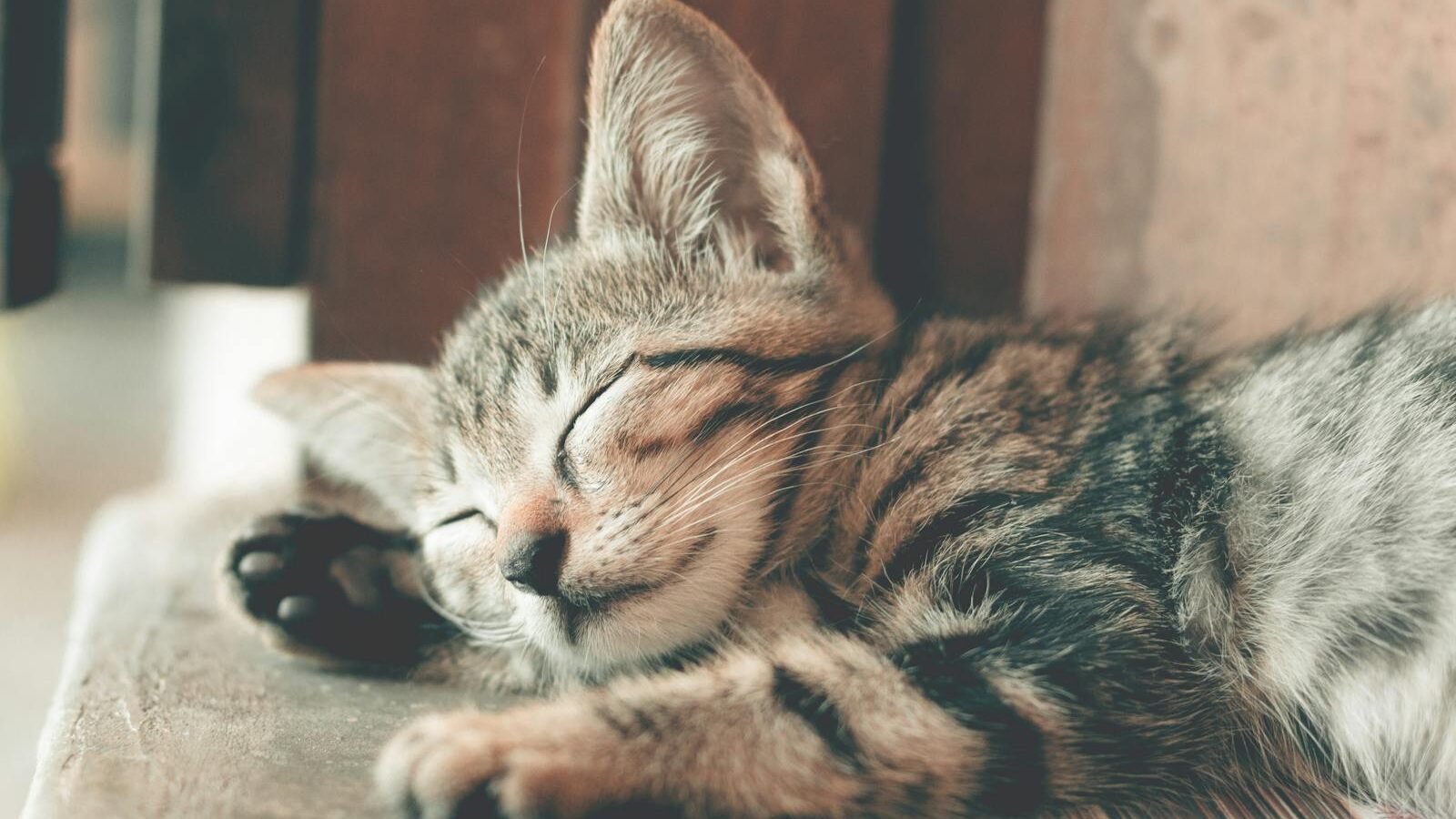
Photo by Ihsan Adityawarman via Pexels
Cats utilize their sense of touch in remarkable ways to engage with their environment and each other. Their tactile system is a sophisticated tool that allows them to explore, navigate, and form social bonds. Understanding their reliance on touch provides a deeper appreciation of their behavior and needs, enriching our interactions with these enigmatic animals.

With over a decade of experience as a dedicated cat lover and enthusiast, I specialize in writing captivating content about all things feline. My expertise shines through in creating engaging and informative pieces that resonate with fellow cat lovers. As a proud cat parent to my beloved Duston, my personal connection to the world of cats adds authenticity and warmth to my work, making it relatable and heartfelt.






